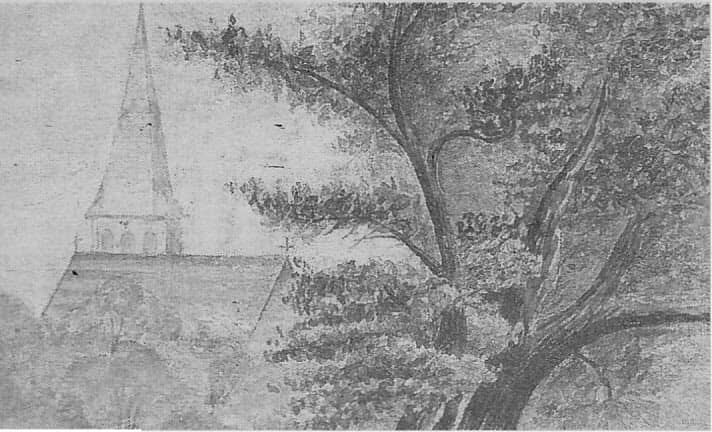
If I was to be asked - and strangely I never have been - to name my favourite Victorian clergyman from Sutton Coldfield, the answer would very probably be the Revd. E.H. Kittoe of St. Michael's, Boldmere.
Edward Hooper Kittoe was the first incumbent at St. Michael's when it opened in September 1857, and continued to fill that role until his death 37 years later; he is now a resident of the churchyard. Yet Kittoe's influence in Sutton extended beyond his congregation at St Michael's. He was a member of the corporation and, in 1871-2, one of the most prominent of the local opponents of the building of a railway line through Sutton Park. He deplored the fact that other members "Of the corporation had invested money in the projected line, and declared that he 'so strongly opposed to the line going through the park that he should leave no stone unturned to defeat it.' So angry was Kittoe at the proposal that in May 1872 he walked out of a meeting of the corporation.
Kittoe liked to relax in the extensive gardens of his parsonage. He was one of the keenest gardeners in Sutton, and employed several men to help him in this work. The rose gardens at the parsonage were known across Sutton for their beauty, and his roses and primulas regularly won prizes in local horticultural shows.
St Michael's had been built to counter any influence in Boldmere - then known as the Coldfield - from the Catholic seminary at Oscott. These were times of great religious rivalry. W.K. Riland Bedford, the rector at Holy Trinity, was behind the project. A committee sought to raise subscriptions and met on 28 occasions, but it was hard going. In June 1854 a bazaar was held in Sutton Park to raise funds, with bands, tents and Lady Hartopp and other aristocratic ladies supervising the stalls, but this raised less than anticipated. In the end Riland Bedford had to guarantee £1,000 for work to begin. It proved difficult to find a builder, but eventually Isaac Highway of Walsail took on the job. St. Michael's was built of limestone, and a Spire was added in 1871. Soon after an organ was installed by John Banfield - I tell his story on the website of the Town Council.
A new, beautifully-illustrated book by Peter Knight tells the story of St. Michael's.
For more information contact
Associate Professor
Stephen Roberts